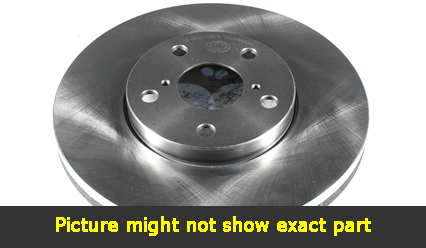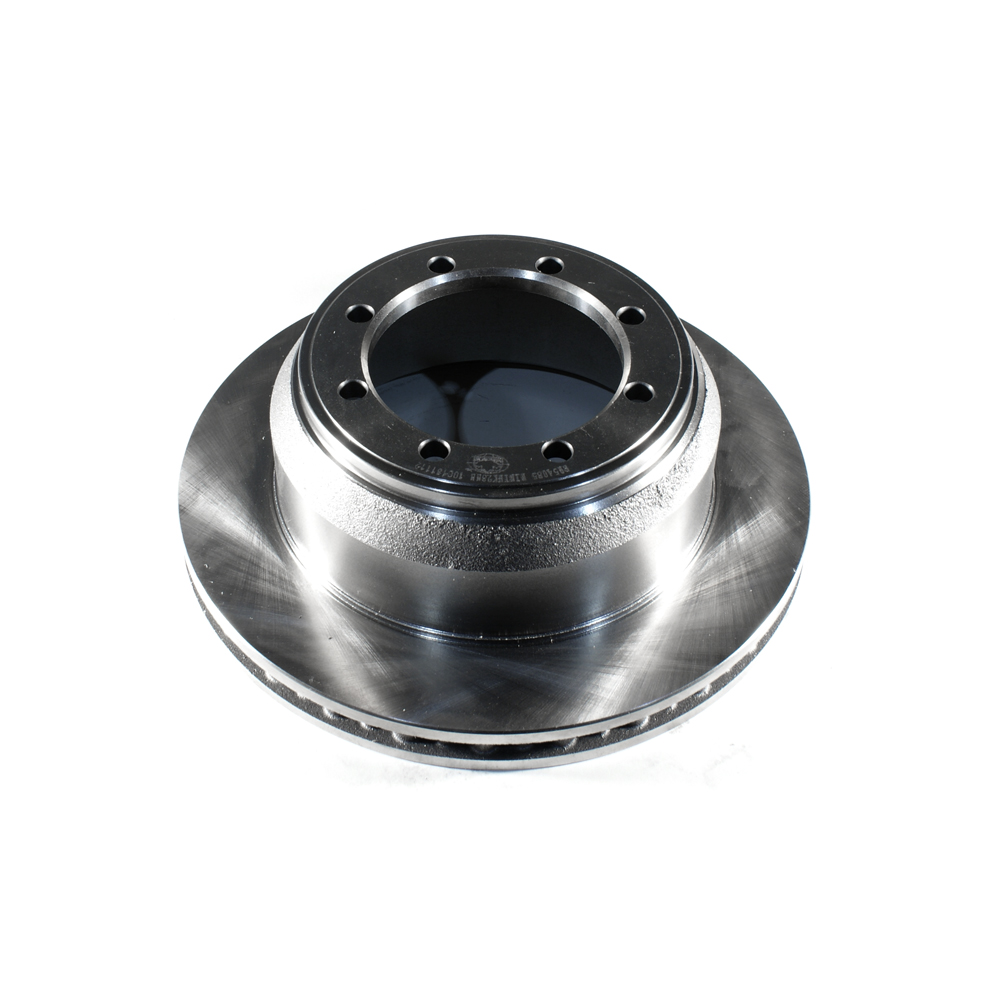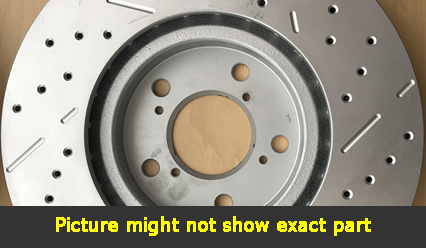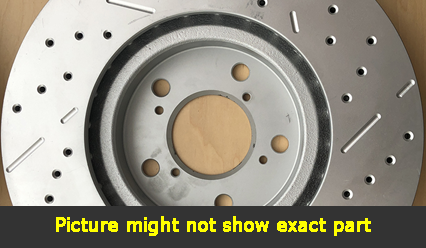2005 Ford E-350 Club Wagon Brake Rotors and Pads
Click here to search another vehicle
All Rotors:
OEM x
Coated x
Drilled, Slotted and Coated x
Front x
Rear x
All Pads:
Ceramic x
Semi-metallic x
Front x
Rear x
Found 5 record

Part No: BR54031
Raybestos: 66528
OE: F5UZ1102A
Raybestos: 66528
OE: F5UZ1102A
$97.2 each
Per Car QTY: 2

Part No: BR54085
Raybestos: 66834
OE: XC2Z2C026BB
Raybestos: 66834
OE: XC2Z2C026BB
$59.45 each
Per Car QTY: 2

Part No: PP54031
Raybestos: 66528
OE: F5UZ1102A
Raybestos: 66528
OE: F5UZ1102A
$130.16 each
Per Car QTY: 2

Part No: SP54031L
Raybestos: 66528
OE: F5UZ1102A
Raybestos: 66528
OE: F5UZ1102A
$170.66 each
Per Car QTY: 1

Part No: SP54031R
Raybestos: 66528
OE: F5UZ1102A
Raybestos: 66528
OE: F5UZ1102A
$170.66 each
Per Car QTY: 1
Brakes are an essential component of any vehicle, and the 2005 Ford E-350 Club Wagon is no exception. Whether you use your van for professional purposes, as a family vehicle, or for any other reason, having reliable brakes is crucial for your safety and the safety of others on the road.
The braking system on the 2005 Ford E-350 Club Wagon consists of various components working together to provide efficient stopping power. These include the brake pads, rotors, calipers, brake lines, and the master cylinder.
One of the key features of the braking system in this vehicle is the anti-lock braking system (ABS). The ABS helps in preventing the wheels from locking up during hard braking, ensuring that the driver maintains control of the vehicle. It accomplishes this by modulating brake pressure to each wheel individually, allowing for optimal braking performance even in slippery conditions.
Brake pads are an integral part of the braking system, as they create friction against the rotors when the brakes are applied. Over time, brake pads wear down and need to be replaced. It is important to regularly inspect the brake pads and replace them when necessary to maintain optimal braking performance.
Rotors, also known as brake discs, are the flat, round metal discs that the brake pads press against to stop the vehicle. Like brake pads, rotors can also wear out over time due to the heat and friction generated during braking. It is essential to check the condition of the rotors regularly and have them resurfaced or replaced as needed.
Calipers are devices that hold the brake pads and apply pressure to the rotors when the brakes are engaged. They play a crucial role in the braking mechanism as they ensure that the brake pads make proper contact with the rotors. Faulty or malfunctioning calipers can result in uneven braking or reduced stopping power.
Brake lines are responsible for carrying brake fluid from the master cylinder to the calipers. They should be inspected for any signs of damage or leaks regularly. Damaged brake lines can affect the brake fluid flow, leading to reduced braking performance.
The master cylinder serves as the heart of the brake system, housing the brake fluid reservoir and controlling the distribution of brake fluid. It converts the pressure created by pressing the brake pedal into hydraulic pressure, which is then transmitted to the calipers to apply the brakes. Regular maintenance of the master cylinder is important to ensure proper functioning of the entire brake system.
In conclusion, the braking system in the 2005 Ford E-350 Club Wagon is crucial for the safety and reliability of the vehicle. Regular inspections, maintenance, and timely replacement of brake pads, rotors, calipers, brake lines, and the master cylinder are essential to maintain optimal braking performance. Remember, a well-maintained braking system not only enhances safety but also provides a comfortable driving experience.
The braking system on the 2005 Ford E-350 Club Wagon consists of various components working together to provide efficient stopping power. These include the brake pads, rotors, calipers, brake lines, and the master cylinder.
One of the key features of the braking system in this vehicle is the anti-lock braking system (ABS). The ABS helps in preventing the wheels from locking up during hard braking, ensuring that the driver maintains control of the vehicle. It accomplishes this by modulating brake pressure to each wheel individually, allowing for optimal braking performance even in slippery conditions.
Brake pads are an integral part of the braking system, as they create friction against the rotors when the brakes are applied. Over time, brake pads wear down and need to be replaced. It is important to regularly inspect the brake pads and replace them when necessary to maintain optimal braking performance.
Rotors, also known as brake discs, are the flat, round metal discs that the brake pads press against to stop the vehicle. Like brake pads, rotors can also wear out over time due to the heat and friction generated during braking. It is essential to check the condition of the rotors regularly and have them resurfaced or replaced as needed.
Calipers are devices that hold the brake pads and apply pressure to the rotors when the brakes are engaged. They play a crucial role in the braking mechanism as they ensure that the brake pads make proper contact with the rotors. Faulty or malfunctioning calipers can result in uneven braking or reduced stopping power.
Brake lines are responsible for carrying brake fluid from the master cylinder to the calipers. They should be inspected for any signs of damage or leaks regularly. Damaged brake lines can affect the brake fluid flow, leading to reduced braking performance.
The master cylinder serves as the heart of the brake system, housing the brake fluid reservoir and controlling the distribution of brake fluid. It converts the pressure created by pressing the brake pedal into hydraulic pressure, which is then transmitted to the calipers to apply the brakes. Regular maintenance of the master cylinder is important to ensure proper functioning of the entire brake system.
In conclusion, the braking system in the 2005 Ford E-350 Club Wagon is crucial for the safety and reliability of the vehicle. Regular inspections, maintenance, and timely replacement of brake pads, rotors, calipers, brake lines, and the master cylinder are essential to maintain optimal braking performance. Remember, a well-maintained braking system not only enhances safety but also provides a comfortable driving experience.


